You’ve heard it many times.
The countries that contribute the least to climate change are the ones most vulnerable to its impacts.
This statement always struggles to sink in because everything about it screams injustice. Hailing from a small island in the Caribbean, it hits home.
Climate change affects us all. But it doesn’t affect us all equally. According to the IPCC, many climate change-driven impacts are amplified for small islands and certain nations, who face unique challenges and are particularly vulnerable compared to larger land masses. This is due to their small land areas, remoteness, and being surrounded by the ocean.
But counterintuitively, Small Island Developing States (SIDS) are responsible for less than 1% of global greenhouse gas (GHG) emissions. This means that SIDS hold the least responsibility for the climate crisis, yet they suffer some of its worst impacts.
What are SIDS?
SIDS are located in three geographical regions: the Caribbean, the Pacific, and the Atlantic, Indian Ocean and South China Sea (AIS). Home to 65 million people, SIDS are a group of 39 States and 18 Associate Members of United Nations Regional Commissions – all of who face unique social, economic, and environmental vulnerabilities. See the full list of SIDS here.
What’s happening to small island states?
Extreme weather events
- Hurricanes, typhoons, and tropical cyclones are worsening, with the 2024 Atlantic hurricane season predicted to be ‘extraordinary’. June 2024 marked the first time a category 5 hurricane formed over the Atlantic this early. Fewer than 5 hurricanes per 100 years develop in June or July. And 2017’s hurricane season was one of the deadliest and most devastating of all time.
- Floods and droughts are climate change consequences that small countries need to deal with, flooding being a result of rising sea levels and droughts being a result of warmer temperatures.
- Heat waves have not only caused disturbingly warm air temperatures but also warmer waters – a big reason why hurricanes are getting more intense. Warmer oceans also threaten marine ecosystems, such as coral reefs and mangroves, which are key to the economy of SIDS but also vital to protecting coastlines from storms. And with higher temperatures, heat-related deaths are expected to increase in small island states.
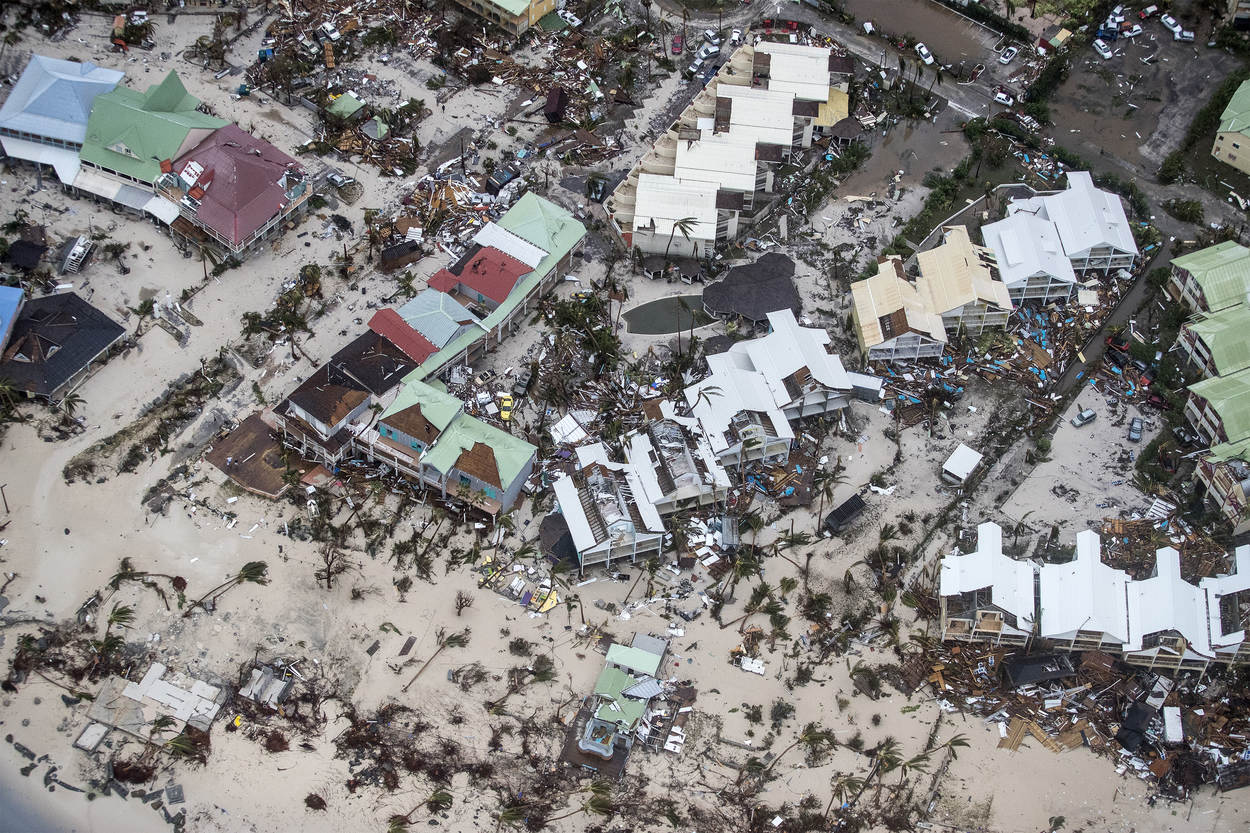
Sea level rise
Five uninhabited Solomon Islands have already sunk due to sea level rise and other, inhabited, islands are predicted to disappear into the ocean by the end of the century. Apart from land loss, the planet’s coastal and island populations are already threatened, with many experiencing a lack of clean water access, food insecurity, health issues, and displacement. And if things don’t change, the annual damage of coastal flooding is expected to increase 9 to 11 times the present-day damages by 2050.
Health effects and diseases
Thanks to the extreme weather events and heat waves caused by climate change, the quality of life for SIDS is naturally disrupted. As a result, these nations have to deal with increasing sickness and deaths from infectious diseases like malaria, dengue fever, and Zika virus disease as well as non-communicable diseases (NCDs) like cardiovascular diseases, cancer, diabetes, and chronic respiratory diseases.
Displacement
In 2019 alone, weather-related disasters caused the internal displacement of 23.9 million people. In 2022, nearly 32 million people were displaced due to weather-related hazards, a 41% jump from 2008. Other studies estimate that 146 million people will be at risk of having to evacuate their homes over the next century because of the adverse effects of climate change. And this only accounts for weather-related displacement. Climate change is a ‘threat multiplier’, so other causes of displacement can include poverty, loss of livelihoods, and violence and tension as a result of decreasing resources.
Plastic pollution
SIDS are also on the frontline of plastic pollution, despite contributing very little to global plastic production and pollution. Most of the plastic pollution in these nations is sea-bound: the plastic originates from other countries and a significant amount washes up on SIDS’ shores. This not only harms marine life but also coastal animals as plastic waste heats up beaches – and not to mention human health. Because of their remote locations, SIDS struggle with effective waste management. The largest share of plastic waste is still often disposed of in uncontrolled landfills, meaning it’s common practice to burn plastic waste in open pits, leading to the release of toxic and carcinogenic pollutants in the air. It’s also common for plastic to get blown away, consequently affecting nearby environments.
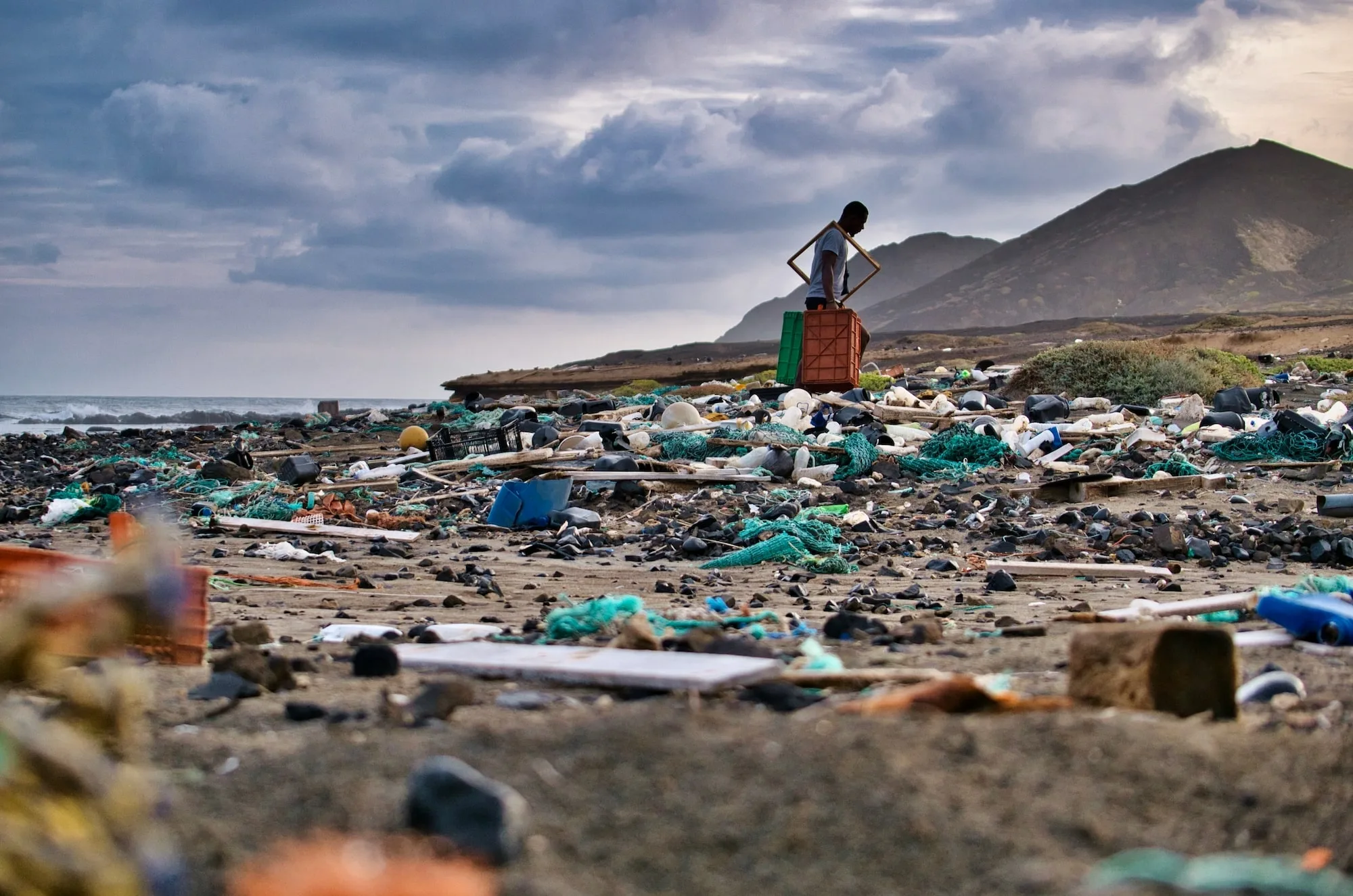
Apart from the plastic that washes up ashore, the two other main sources of plastic waste on SIDS are imported plastic products, which makes it difficult for them to target the waste at the source, and tourists, who generate more plastic waste per capita than residents.
Here’s a simple list of how Small Island Developing States are being affected by climate change.
- Threatened freshwater
- Decreased water quality
- Loss of biodiversity
- Coral bleaching
- Food insecurity
- Complete or partial loss of land
- Higher mortality rates
- Increase in diseases
- Risks of displacement
- Added health costs
- Economic vulnerability
- Threatened tourism
- What else?
Because of the vulnerability of these nations, response resources are scarce when a climate disaster happens. SIDS are on the frontline of climate change and they feel the impact first and most severely out of all other nations.
Are small island states getting climate justice?
SIDS have been advocating for the urgent attention of the international community since 1990. They’ve had success in getting climate-induced loss and damage onto the agenda. Over a decade ago at the Copenhagen Climate Summit in 2009, wealthy nations agreed to raise $100 billion annually by 2020 to help developing countries pay for climate action. But they’ve failed to meet this promise. In 2019, SIDS had access to only $1.5 billion.
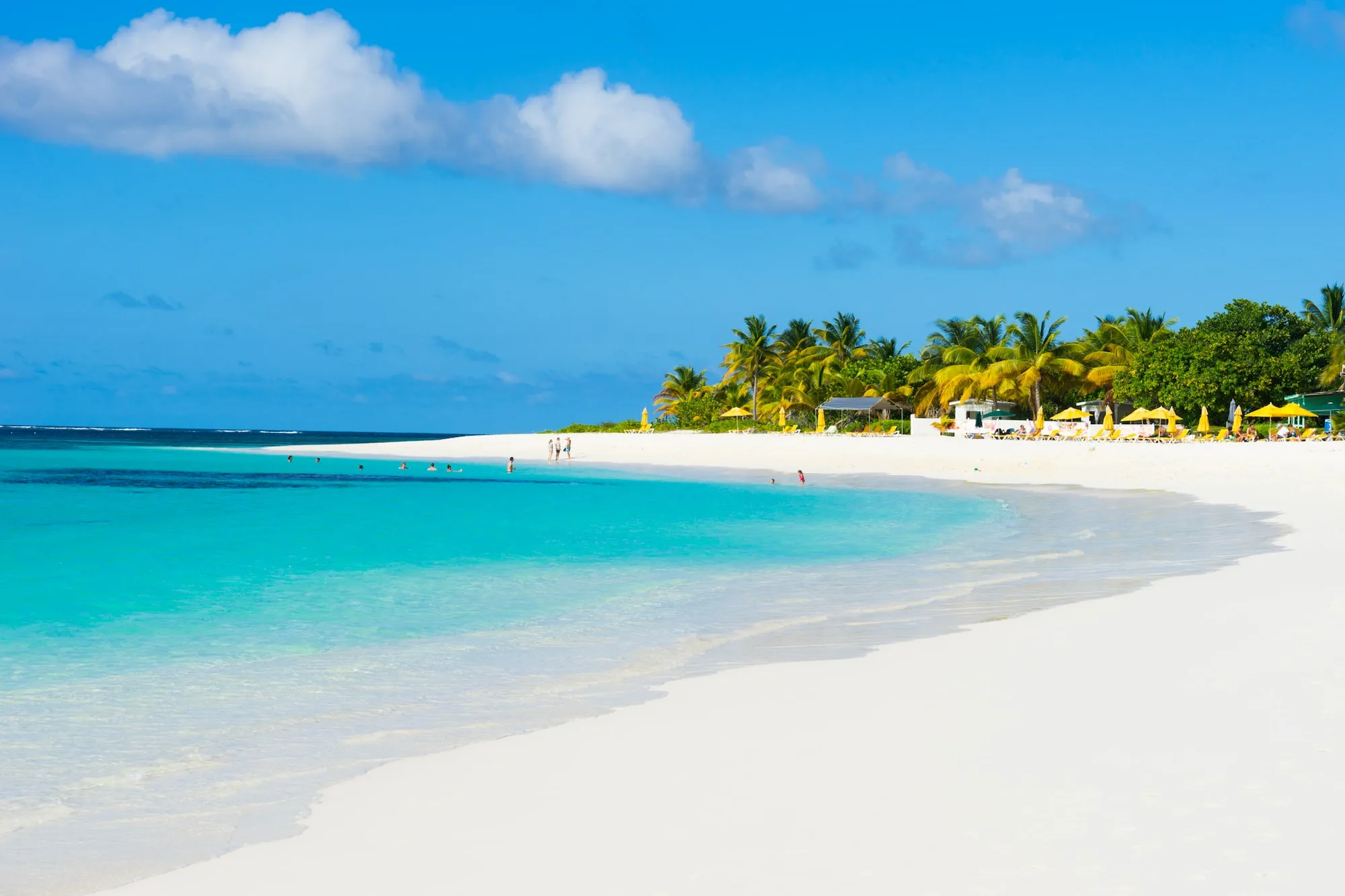
From 1970 to 2020, SIDS have lost $153 billion due to weather, climate, and water-related hazards – a significant amount given that the average GDP for SIDS is $13.7 billion. SIDS are still struggling to unlock climate finance and are left to obtain financing on their own, resulting in a vicious cycle of unsustainably high debts, climate disasters, and vulnerability.
According to the World Bank, half of SIDS are considered high-income countries, with others middle-income and a few least developed countries (LDCs). But this doesn’t account for the vulnerability of this group as it doesn’t consider important factors like inflation, income disparity, and poverty.
The divide between developing countries – vulnerable to the impacts of climate change – and developed countries – responsible for the majority of climate change – is stark. SIDS have been advocating to limit the risks of climate change, meanwhile there’s much pushback and hesitancy from developed countries.
Small Island Developing States deserve better
SIDS have not only been on the frontline of climate change, but they’ve also been on the forefront of solving the climate crisis. SIDS and LDCs are leading the way in ambitious national climate action plans, also known as nationally determined contributions (NDCs). But they cannot do it alone. If SIDS are to be better prepared for the impacts of climate change, they need significantly more financing. They need richer nations to put their money where their mouths are.
SIDS are home to 40% of the world’s coral reefs, they are vital biodiversity hotspots (hosting more than 20% of the world’s biodiversity), they control 30% of all oceans and seas, and perhaps most personal of all, they’re your vacation destinations. If that’s not motivation enough, what is?
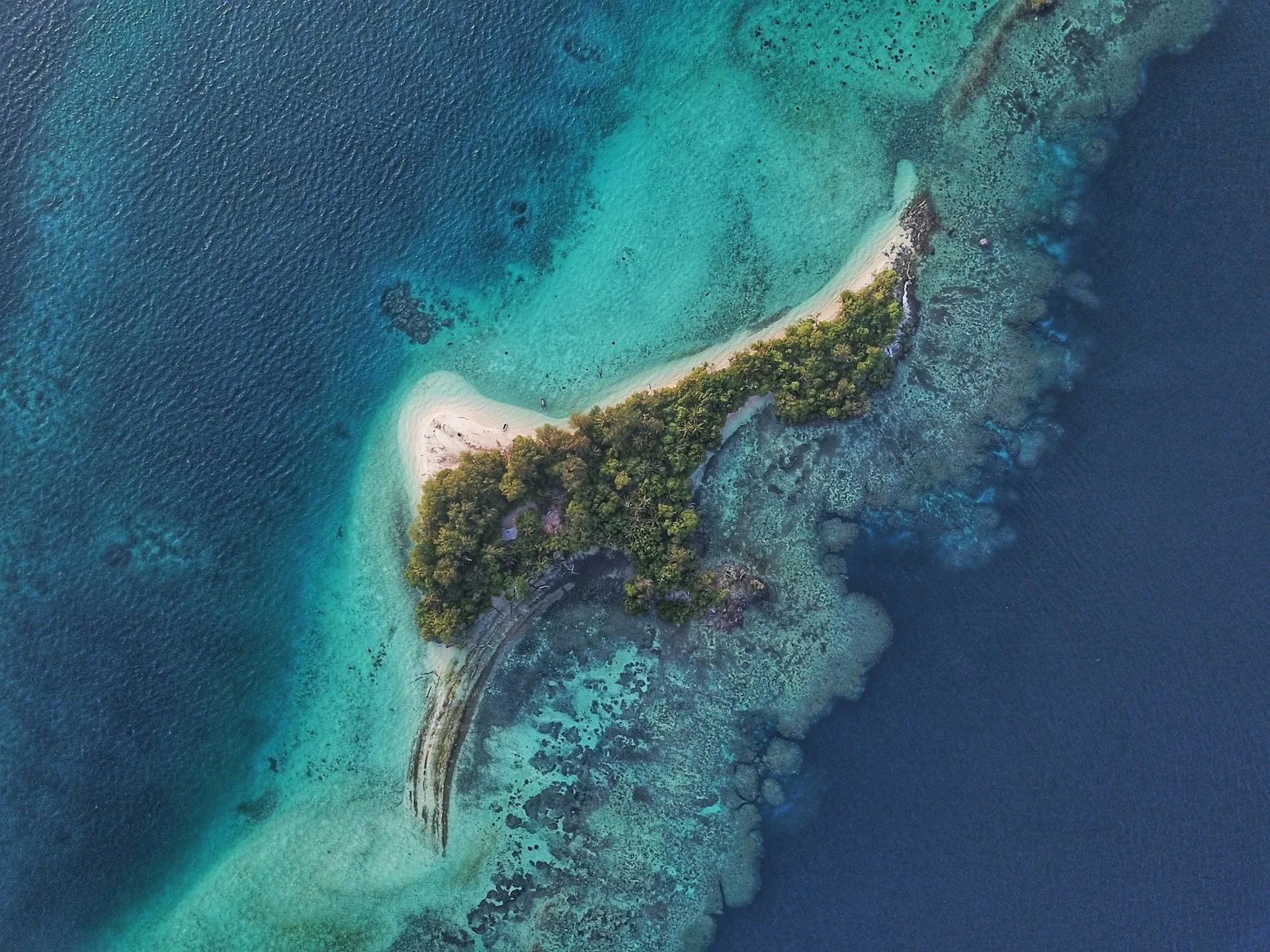
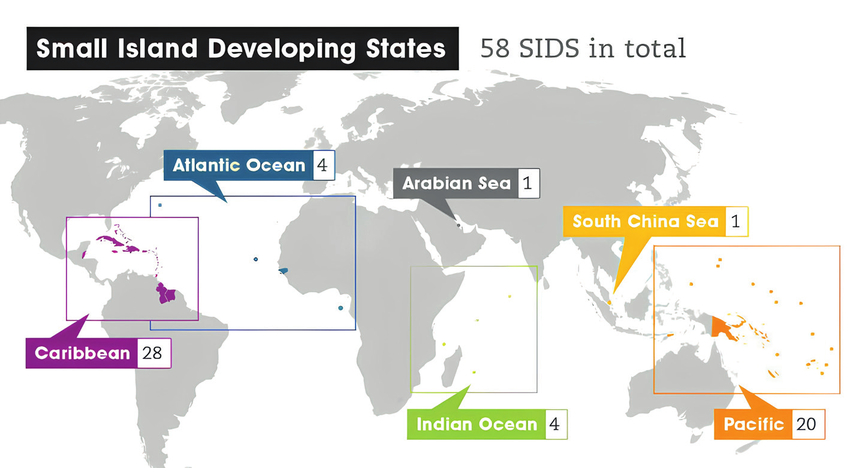
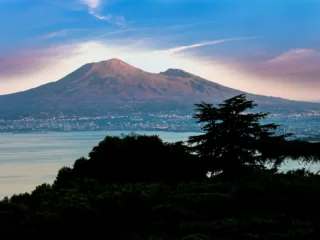
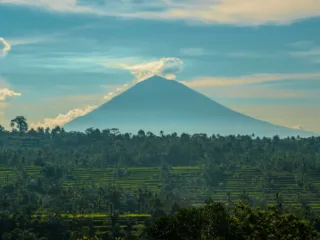
Leave a Reply